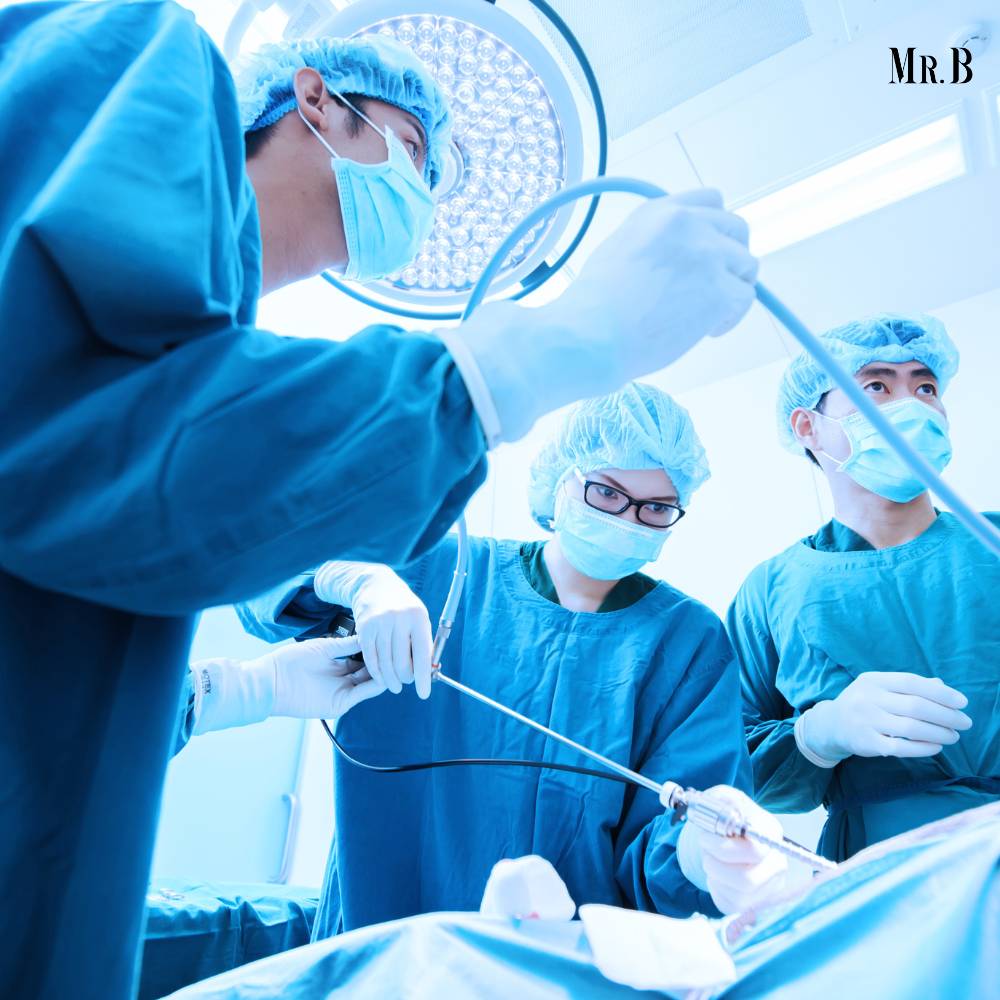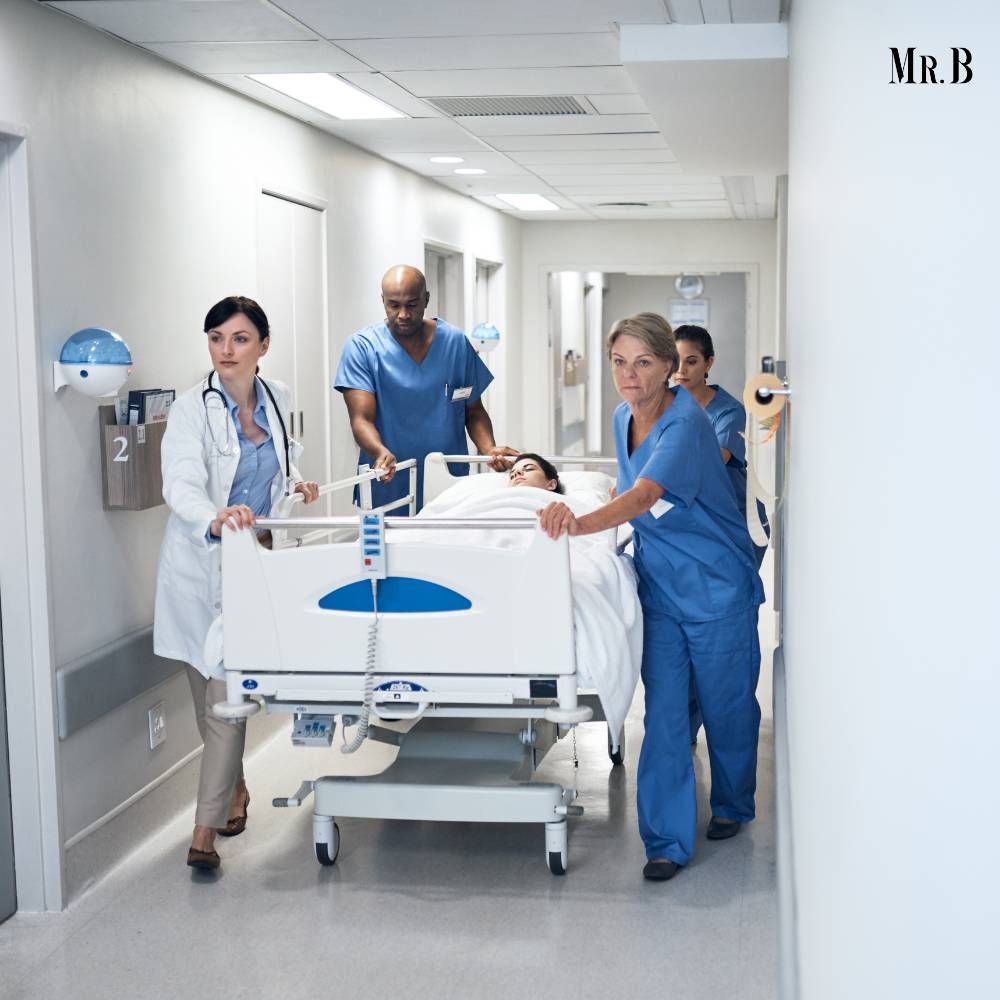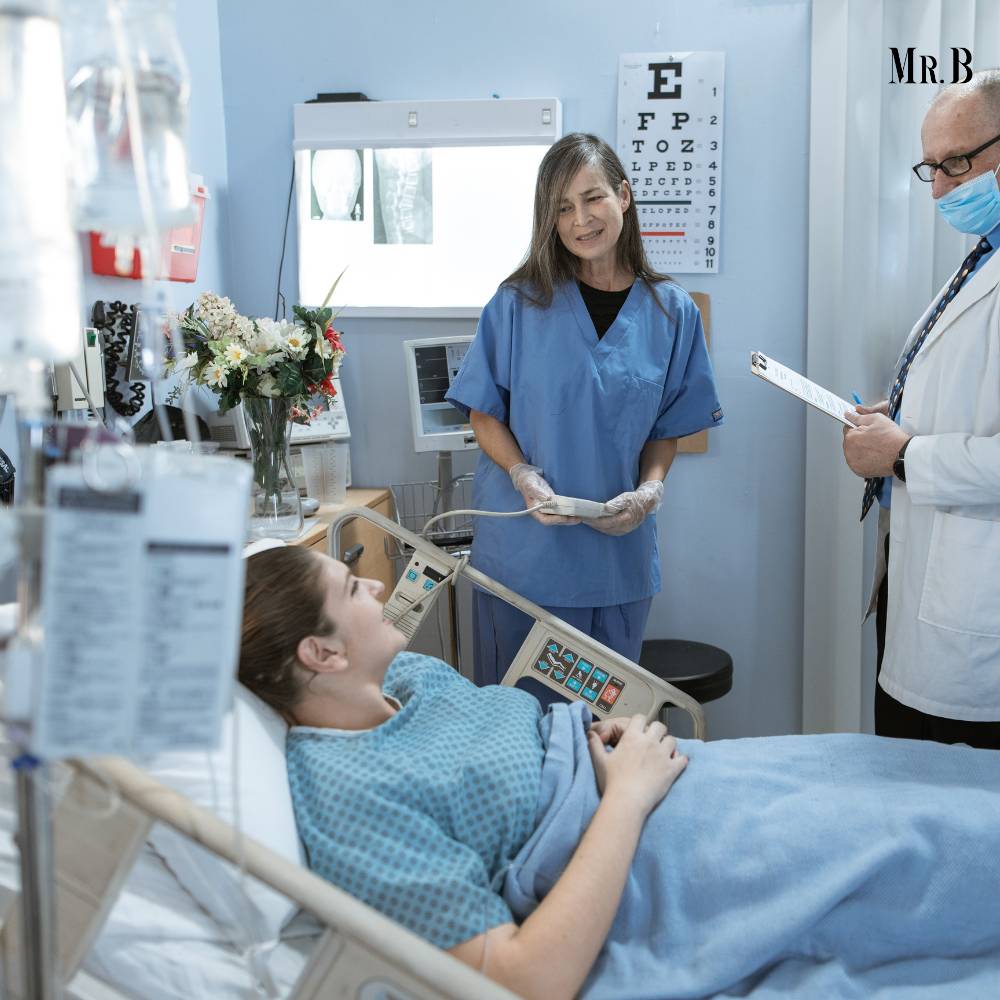Unveiling the Pros and Cons of Surgical Technology: Navigating the Operating Room Landscape
- Category: Healthcare

In the ever-evolving landscape of healthcare, surgical technology has emerged as a critical component, revolutionizing the way surgeries are performed. As we delve into the pros and cons of surgical technology, this comprehensive exploration will shed light on the multifaceted aspects that make this field both promising and challenging.
Pros of Surgical Technology
Precision and Efficiency
Surgical technology enhances the precision and efficiency of surgical procedures. Advanced tools and technologies allow for more accurate interventions, minimizing the risk of errors during surgery.
Minimally Invasive Techniques
One of the significant advantages of surgical technology is the widespread use of minimally invasive techniques. Procedures such as laparoscopy and robotic surgery reduce patient trauma, shorten recovery times, and enhance overall patient outcomes.
Improved Patient Outcomes
The integration of technology in surgery contributes to improved patient outcomes. From advanced imaging systems to real-time monitoring devices, surgical technology enables healthcare professionals to provide better and safer patient care.
Enhanced Training Opportunities
Thetechnology provides unique training opportunities for medical professionals. Simulators and virtual reality tools allow surgeons and surgical techs to practice and refine their skills in a controlled environment before performing actual surgeries.

Quicker Recovery Times
With the advent of advanced surgical technology, patients often experience quicker recovery times. Minimally invasive procedures and precise interventions contribute to reduced postoperative pain and shorter hospital stays.
Cons of Surgical Technology
Cost of Implementation
The initial cost of implementing surgical technology, including acquiring cutting-edge equipment and training personnel, can be substantial. This financial investment may pose a challenge for healthcare institutions, particularly smaller facilities.
Dependency on Technology
While technology is an asset, an overreliance on it can be a drawback. Technical malfunctions or system failures during surgery could lead to complications, highlighting the importance of maintaining a balance between technology and traditional surgical skills.
Learning Curve
Integrating new surgical technologies requires training and adaptation. Surgeons and surgical techs may face a learning curve as they familiarize themselves with the intricacies of advanced equipment, potentially affecting procedural efficiency initially.

Potential Job Displacement
The rise of automated surgical technologies, such as robotic-assisted surgery, raises concerns about potential job displacement for certain roles. Striking a balance between technology and human expertise becomes crucial to address this concern.
Ethical Considerations
The ethical implications of this technology, especially in areas like genetic surgery and organ transplantation, demand careful consideration. Balancing technological advancements with ethical standards is an ongoing challenge for the healthcare industry.
Here’s what a surgeon wants you to know about surgical technology
- Precision and Minimally Invasive Techniques
One of the transformative aspects of the technology is its emphasis on precision. Advanced tools and robotic systems allow surgeons to execute procedures with unparalleled accuracy. This precision is particularly vital in delicate surgeries where the margin for error is minimal.
- Imaging Technologies for Enhanced Visualization
In the realm of this technology, imaging plays a pivotal role in providing surgeons with enhanced visualization during procedures. Advanced imaging techniques like fluoroscopy, CT scans, and MRI enable surgeons to navigate the intricacies of the human body with unprecedented clarity.
- Robotics in the Operating Room
The integration of robotics into surgical procedures represents a significant advancement. Surgeons now have access to robotic-assisted systems that offer enhanced dexterity and range of motion. These systems translate the surgeon’s hand movements into precise, micro-scale actions, making even the most intricate surgeries more manageable.
Robotics also contribute to reduced fatigue for surgeons during lengthy procedures, promoting sustained focus and optimal performance. The collaborative nature of robotic systems allows for a seamless partnership between human expertise and technological precision.

- Patient-Centric Outcomes and Faster Recovery
This technology is not just about the procedure itself; it extends to post-operative care and patient recovery. The focus is on achieving outcomes that prioritize patient well-being and satisfaction. The combination of minimally invasive techniques, precision tools, and advanced imaging contributes to faster recovery times.
Reduced trauma to surrounding tissues, smaller incisions, and minimized blood loss are hallmarks of surgical technology’s impact on patient recovery. Patients often experience less pain and scarring, allowing them to resume their daily activities sooner than with traditional surgical approaches.
FAQs
Q1: What is surgical technology?
A: It refers to the use of advanced tools, equipment, and techniques in the field of surgery to enhance precision, efficiency, and patient outcomes. It encompasses a wide range of technologies, including robotics, imaging systems, and minimally invasive procedures.
Q2: How does surgical technology benefit patient outcomes?
A: It contributes to improved patient outcomes by enabling more precise interventions, reducing recovery times, and facilitating minimally invasive procedures. The use of advanced tools enhances the overall safety and effectiveness of surgical interventions.
Q3: Are there risks associated with the implementation of the technology?
A: While it offers numerous benefits, there are potential risks, including the initial cost of implementation, technical malfunctions, and a learning curve for healthcare professionals. Ethical considerations surrounding certain technologies also pose challenges.
Q4: Can this technology lead to job displacement?
A: The rise of automated surgical technologies, such as robotic-assisted surgery, has raised concerns about potential job displacement for certain roles. Striking a balance between technology and human expertise is crucial to address this concern and ensure the continued relevance of skilled healthcare professionals.
Q5: How can healthcare institutions address the cost of implementing the technology?
A: Addressing the cost of implementing this technology requires careful financial planning and resource allocation. Healthcare institutions can explore grant opportunities, collaborate with technology providers, and develop phased implementation plans to manage the financial impact effectively.
Conclusion
Navigating the world of surgical technology involves a careful consideration of its pros and cons. Striking a balance between technological advancements and traditional surgical skills is essential to harness the full potential of this technology while ensuring the highest standards of patient care and ethical practice.







